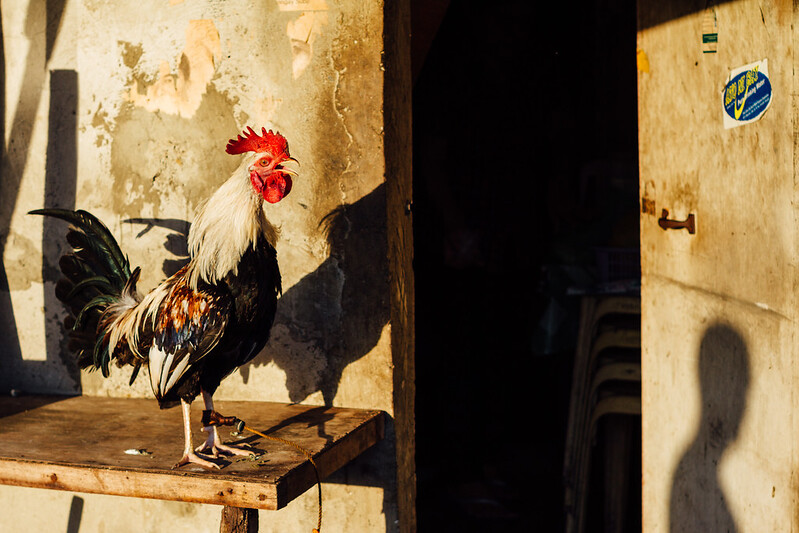
LET THERE BE LIGHT (The Power of Small)
Very often it is the little things that make a big difference in lives that are lived on the edge.
In poorer parts of a city, where people’s homes often do not have access to reliable electrical service and where windows that let in light might be a bad idea in terms of home security, people either spend a lot of time outside their unlighted homes or use open fires, candles or oil lamps as light sources. These can be problematic.
In 2002, Alfredo Moser, a Brazilian mechanic, had a literal “light-bulb moment.” He lived in the city Uberaba in southern Brazil where frequent electricity blackouts were a fact of life. The only places that had access to fairly reliable energy were the factories and not the homes of the people living around them.
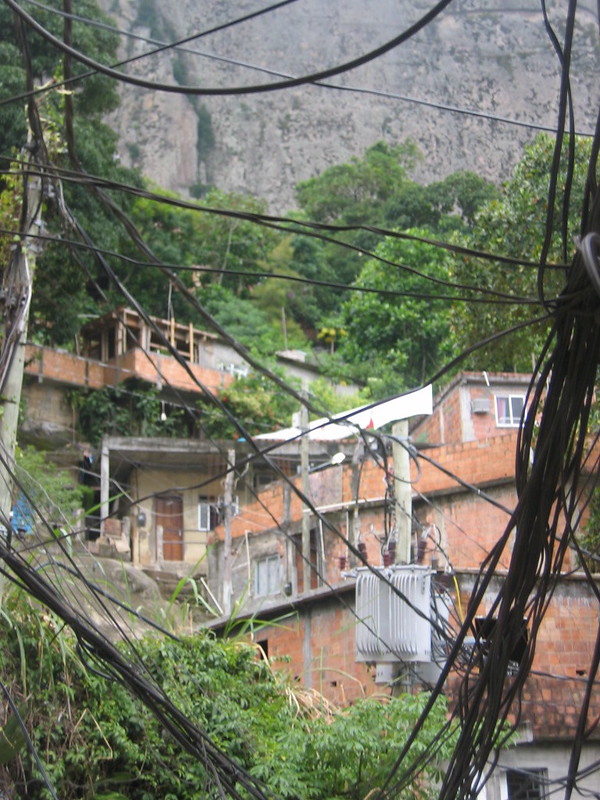
One suggestion was filling a discarded plastic bottle with water and using it as a lens to focus the sun’s rays on dry grass to start a fire as a signal to rescuers.
That one didn’t quite work, but Moser kept playing around with the idea, filling up two-liter plastic bottles and making circles of refracted light, big and small. His greatest innovation was developing a metal collar that fit around the bottle and held it in place in a hole cut in the roof of a structure.
Moser installed the resulting bottle lamps he developed onto the roof of his house. Light from the sun illuminated the house during the day without electricity, using nothing more than plastic bottles filled with water and a tiny bit of bleach plus some epoxy as sealant.
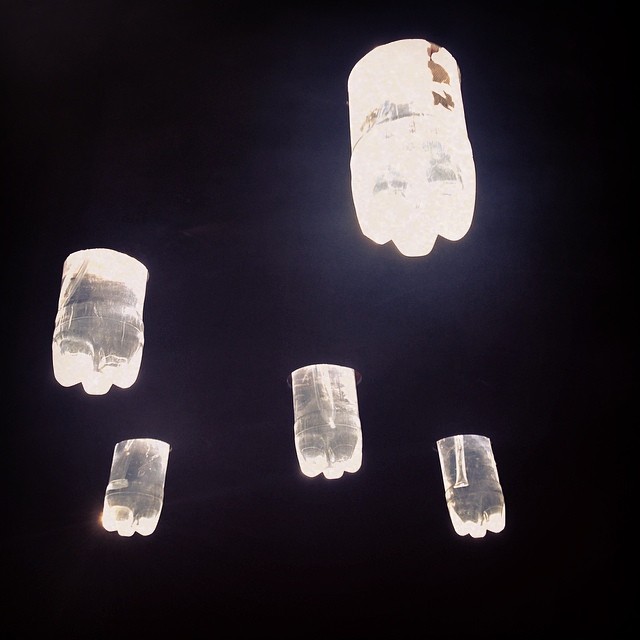
Moser earned a few dollars along the way installing the things, but his open-source idea did not make him rich.
However, it did give him a sense of satisfaction that he had made a real difference in the lives of his neighbors and friends and many other people besides.
In a 2013 interview for the BBC, Moser said, “It’s a divine light. God gave the sun to everyone, and the light is for everyone. Whoever wants it saves money. You can’t get an electric shock from it, and it doesn’t cost a penny.”
He tells a story about one man who installed the lights in his home. Within a month the man had saved enough to pay for the essential things for his soon-to-be-born child. “Can you imagine?” Moser asks the interviewer.
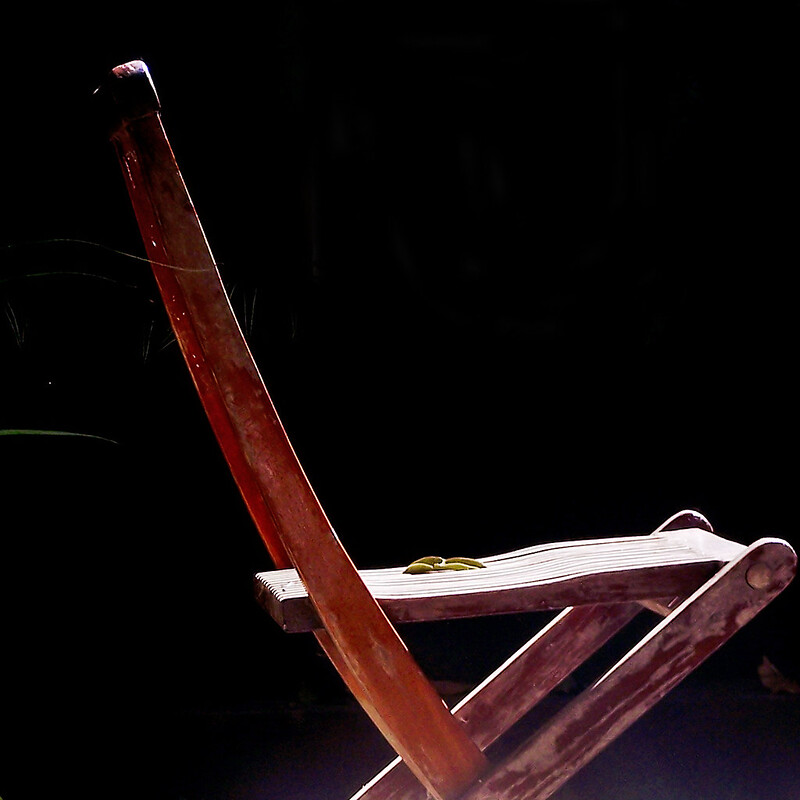
THE LITTLE LIGHT THAT COULD
Several years later, as the light gained in popularity among sustainable lifestyle activists who work at trying to improve the lives of the metro poor, an engineer measured the light output of the bulbs and found that on a clear day the lamps gave out a refractive light of 40 to 60 watts.
- The light bouncing around and shining through the water in one bottle lit up a 40-square meter (more than 430 square feet) room.
- The simple lightbulb could be put together using materials that cost less than one US dollar. (The labor involved for each bulb was minimal.)
- An installed plastic bottle lightbulb lasted for two or three years, providing free light.
The following Vimeo video, “How to Make a Liter of Light” was uploaded by UP Junior Marketing Association, a university-wide student organization based in the Cesar E. A. Virata School of Business, University of the Philippines, Diliman.
CONNECTING THE POINTS OF LIGHT
It took another man, Filipino social entrepreneur Illac Angelo Diaz, the director of MyShelter Foundation, to take the simple lightbulb idea around the world. He knew how to make connections.
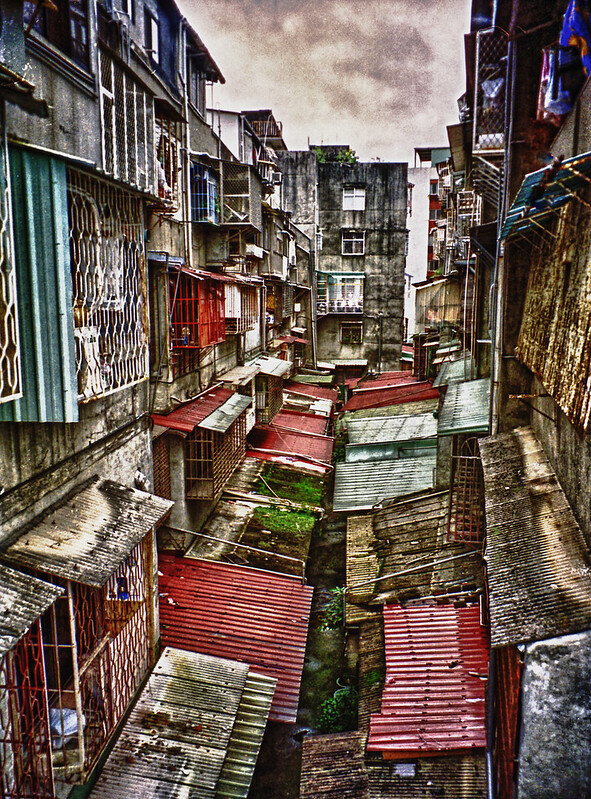
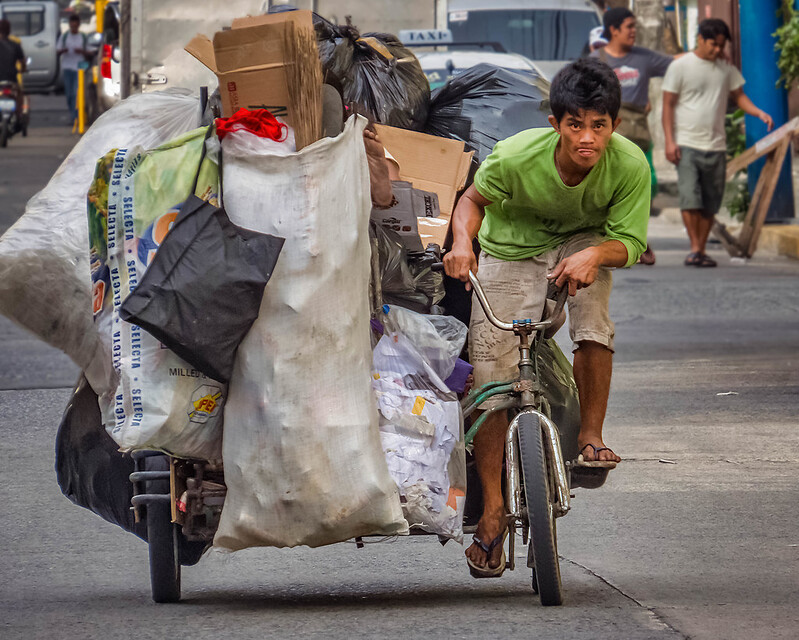
At the time, the MyShelter workers were filling the massive pile of donated bottles with mud to create walls for makeshift houses. They also filled other bottles with water to make windows. When Diaz learned about the Moser lamps, he adopted them and he ran with the idea.
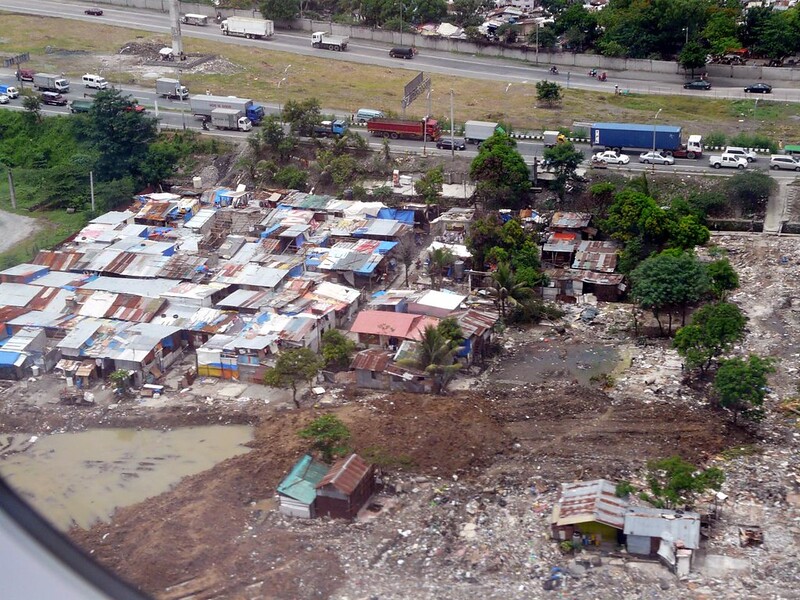
THE LIGHT REACHES MORE AND MORE PEOPLE
One lightbulb installation in a Manila slum shack led to more and more. The organization began training people to create and install the Moser lightbulbs. The installers could earn a small income while helping their neighbors to the light.
Other people came along and figured out how to add a little solar-powered LED light built out of recycled electronic parts to the design. Students at MIT and Harvard University got involved and helped to make that happen.
The day-time light gained the capability of lighting up the night as well. Streetlights as well as solar-powered lightbulbs that glowed into the night became a possibility for poorer neighborhoods.
The following Vimeo video, “Manila – Liter of Light” was shot in Manila for Al Jazeera (an independent news organization in the Middle East), and features Diaz talking about the project. It was uploaded by peteconnor.
The simple idea spread from metropolitan areas into the countryside. Living conditions improved. New economic enterprises were born in the wake of the coming of the lightbulb.
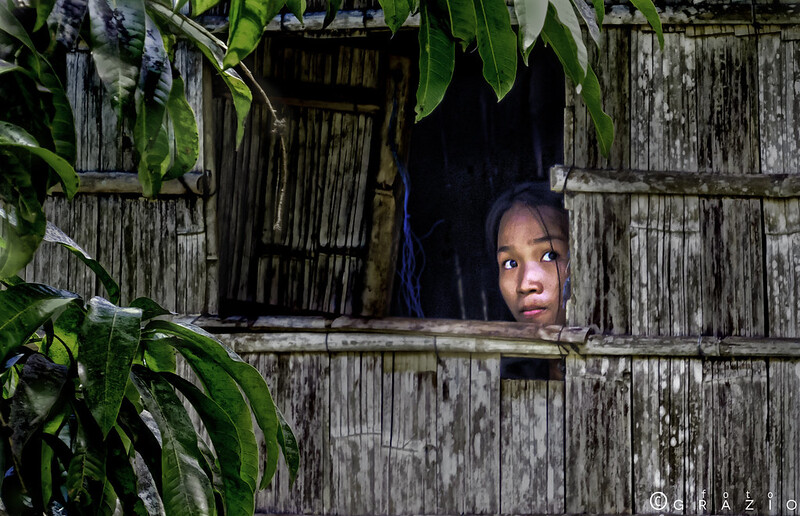
Diaz and Liter of Light formed partnerships and collaborative efforts with other organizations around the world and inspired many more initiatives to bring light into the dark places.
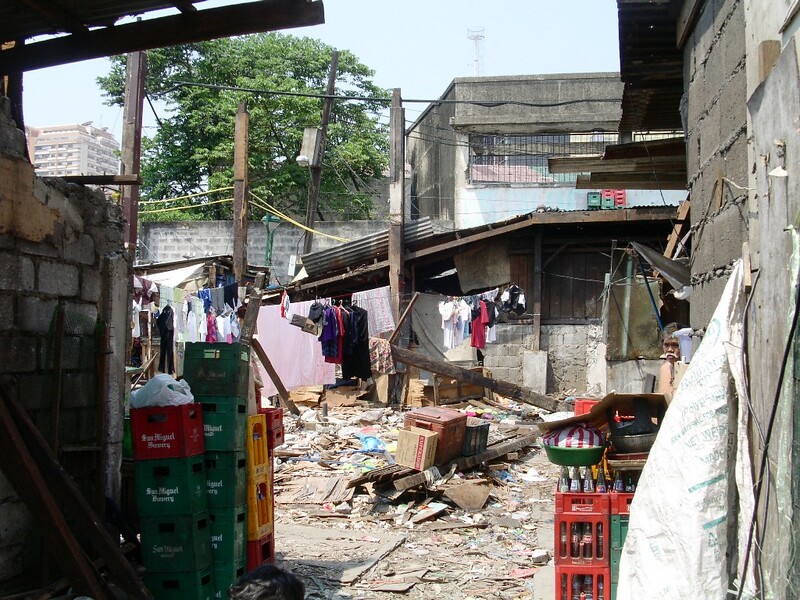
WOWING THE WORLD, MAKING A DIFFERENCE
In 2012, Diaz commissioned South African designer Stephen Lamb, the founder of Touching the Earth Lightly and an icon in the South African sustainable development industry, to design the Liter of Light’s pavilion at the Shanghai Biennale.
Together with artist Andrew Lord, Lamb created the first-ever mushroom farm grown in bamboo containers using locally sourced bamboo logs that were split open, filled with mycelium, and then drilled back together.
The elegant design used an array of rooftop solar bulbs for lighting up a warehouse-like corrugated metal structure hung with the bamboo mushroom planters. A timed mister kept the environment moist.
Another project resulting from the collaboration between the Liter of Light Foundation and Touching The Earth Lightly as well as Greencube Nursery combined the Moser lightbulb idea with the concept of “green-blocking,” installing vertical food garden walls on shacks in Cape Town, Africa as a fire-preventative as well as a food resource.
Here is a Vimeo film clip of an award-winning documentary featuring that initiative:
One 2018 collaboration that captured the world’s imagination was the 100-day “Voyage of Light” undertaken as a partnership between Liter of Light and the Peace Boat. The Peace Boat is a Japanese-based international non-governmental and non-profit organization that works to promote peace, human rights, equal and sustainable development and respect for the environment.
The voyage, which stopped at 19 ports around Asia, Africa and South America, is still a major feature of the Liter of Light’s website. (Click on the button below for a glimpse of it and to access the site.)![]()
There were many other connections and collaborations made over the years that kept the idea spreading. Wikipedia lists over 20 countries where projects inspired by Diaz’s Liter of Light are in place and are continuing to grow.
It is an amazing testament to the power of connection and networking and the power of small ideas that work.

POWER OF THE SMALL
I am noticing the power of small things,
The tiny little bits that overturn
The huge, the loud, the strong, the dark
And gently, gently calls us back to the quiet
At the center of the turning.
In the right place,
At the right time,
One little word can open up a heart,
One small smile can heal a painful rift,
A tiny giggle from a friend can brighten up alone,
One gentle touch can bring a soul back to itself,
And the striking of one little match pushes back the engulfing dark.
At the right time,
In the right place.
It’s said that the light is born
Knowing that it rules the universe.
The stars that twinkle in the deepest dark
Of the vastness of the void
Remind us of that one.
Have you ever noticed
Just how many stars there are?
By Netta Kanoho
HEADER PHOTO CREDIT: “Pet Rooster and Shadow in Doorway, Cebu City, Philippines) by Adam Cohen via Flickr [CC BY-NC-ND 2.0]
……
SOME OTHER POSTS TO EXPLORE
(Click on each of the post titles below and see where it takes you….)
……
Thanks for your visit. I’d appreciate it if you would drop a note or comment below and tell me your thoughts.
12 thoughts on “LET THERE BE LIGHT (The Power of Small)”
Hi Netta- this was such an interesting read and all information that I had never heard of before. It is so amazing what such a small lightbulb can accomplish and the impact that it has had on the communities.
The poem you shared about the “Power of Small” was also beautiful and moving.
Thank you for writing this article.
Erica, thanks for the visit and for sharing your thoughts. I’m glad you found the post interesting.
Please do come again.
That commentary was so moving and sweet to think that the idea of one lone soul, can cause such a reaction and cause such growth. I think the story is a beautiful one sad and true at the same time. It was very informative and heart breaking to think that so many have to live like that.
Thank you. I feel so privileged to have learned of things across the world.
Violet Gale, I do thank you for the visit and your thoughts. It’s a truth that it is heartbreaking, but it’s also a truth, I think, that we humans sometimes are up to the challenge. That is an uplifing thing to think on, I say.
Please do come again.
This was a very inspiring story. It´s amazing how something small can have a big impact and change lives as you explained here about the light bulbs.
Thank you for sharing Moser and Diaz´s small contribution to bringing light into dark places. I find the videos very inspiring.
The 100-day Voyage of light partnership between Liter of Light and peace boat made a huge impact on so many communities and to think it all started with Moser and his plastic bottles filled with water and some bleach.
Yeah, I know, right. Thanks for the visit and for sharing your thoughts, Dana. The whole thing’s a mind-boggle!
Please do come again.
Hi Netta,
Your poem is so soothing to my soul when I live inside the loudest noise on earth.
The power of the small is bigger than the biggest when used in the right place at the right time. I think of the finest language of deep love can never be spoken but can be felt.
Making light out of water reflecting light, enhancing by the use of metal strips, optimizing it to a useable light to remove darkness imagination. I remember my 9th-grade science teacher telling me to put some pins showing the reflected light to show the light passing through the water changes the direction of the light.
The story became more relevant with your lovely poem. Beautiful images and the Vimeo clips fit wonderfully.
The entire connectivity of innovation and optimization shows the power of co-ordination human mind.
Anusuya, I love your way with words — living “inside the loudest noise on earth”! Lovely!
Thank you for the visit. I am so pleased the post moved you.
Your article reminds me of the demonstration of how a darkened room with people in can be lit up as one person shares the light of a candle with the next person, who in turn shares it with the next and so on until everyone’s candle is aflame. The power of small ideas and networking.
Your poem at the end of the story was quite beautiful and moving.
Scott, thank you for your visit and for sharing your thoughts. I remember that demonstration. You are right. It is a very beautiful one.
Please do come again.
What a Brilliant Idea it is – of the plastic container light bulb. I can see a clear usage in the upcoming indoor farming projects like Vertical Gardening or Hydroponics.
The idea of developing sustainable inventions to help the society is at play here. I am simply amazed with the ingenuity of the idea. Though I kept on reading till the end of the article to see if it works at night too.
Anyway, there is a lot of demand for this Moser Bulbs. Great piece of information. I will share it with my friends immediately.
Regards,
Rohit
Thanks for your visit and for sharing your thoughts, Rohit. It does work at night with the addition of a solar-powered little light. I am pleased you want to help spread the idea.
Please do come again.